Powerful Protection from Payment to Delivery
Secure and Reliable Payment
Money Back Guarantee
Shipping and Delivery
After-Sales Service
Enter the order reference number received by email to check the status or make payment.
Inverters: 10 Questions
This technical article will introduce 10 common problems you might encounter when applying an inverter in your project.
What is an Inverter?
1. Leakage Circuit Breakers are Prone to Tripping When Using Variable-Frequency Drive.
When using an AC drive, the output waveform contains higher harmonics, which can lead to the generation of leakage current between the motor and the cable connected to the inverter. The magnitude of the leakage current is significantly larger compared to motors driven by power frequency alone.
To address this issue, it is important to select a leakage protector with an operating current at least 10 times greater than the leakage current at power frequency.
2. The Temperature Rise of the Motor is Higher Than That of Power Frequency When Using an AC Drive.
The output voltage waveform of an inverter is not a perfect sinusoidal wave, but rather a distorted wave. As a result, the motor current under rated torque is approximately 10% higher compared to power frequency operation, leading to a slightly higher temperature rise.
3. How to Adjust Torque Boost.
A. When the torque boost setting is too high and the load is very small, the motor core may experience magnetic flux saturation, resulting in increased current and potential overcurrent protection tripping. To improve motor efficiency, it is recommended to reduce the torque boost setting when the load is light.
B. For heavy loads, increasing the torque boost setting can compensate for voltage drop losses caused by stator winding and motor cables.
4. Carrier Frequency and How to Adjust It.
A. The output voltage of a sinusoidal pulse-width modulation (SPWM) converter consists of a series of pulses with a frequency equal to the carrier frequency.
B. The motor current contains a strong harmonic component at the carrier frequency, which can cause motor core oscillation and noise emission. Adjusting the carrier frequency within a certain range can help avoid resonance frequencies and reduce noise.
C. The harmonic components of the carrier frequency can also cause electromagnetic interference to external electronic equipment.
D. Higher carrier frequencies result in smoother motor current waveforms, improving current waveform quality. However, higher carrier frequencies also increase electromagnetic interference to the surrounding environment.
E. Higher carrier frequencies reduce motor noise, but also increase switching losses in power devices. Lower carrier frequencies increase motor noise but reduce inverter switching losses.
5. DC Brake.
DC brake is used for precise parking control, preventing "crawling" at low speeds, and enabling quick shutdown functionality.
When starting the motor at a certain speed in a frequency control system that starts from the lowest frequency, it is important to set the speed tracking function in the frequency converter to avoid overcurrent or overvoltage conditions.
6. Should the Rating Frequency of the Load Motor be the Same as That of the Motor?
The fundamental frequency parameter should be set appropriately to match the rated frequency of the motor.
A. If the fundamental frequency is set below the rated frequency of the motor, the motor voltage and magnetic flux will increase, leading to flux saturation, distorted exciting current, and potential overcurrent tripping in the converter.
B. If the fundamental frequency is set higher than the rated frequency of the motor, the motor voltage and load capacity will decrease.
Difference Compensation:
Depending on the load current magnitude, the output frequency of the AC drive can be appropriately increased to compensate for rotational differences caused by load variations.
7. AVR Function.
The Automatic Voltage Regulation (AVR) function reduces the reference frequency automatically when the power network voltage drops. This keeps the flux constant (K*U/F) and ensures the motor's load capacity remains unchanged.
Common Load Types:
1) Constant Torque Load: The resistance torque load remains constant regardless of rotational speed. Output power is proportional to rotational speed, such as in belt conveyors.
2) Constant Power Load: The load power remains constant regardless of rotational speed. Output torque is proportional to rotational speed, such as in winding devices for thin films or sheets.
3) Square Load: The resistance torque load is proportional to the square of the rotational speed, such as in fans and pumps.
8. Frequency Control of Several Special Motors.
(1) Wound Rotor Asynchronous Motor: The rotor winding of this motor consists of a set of star-schema three-phase windings connected to collector rings. When using a frequency converter for speed control, the rotor winding no longer requires external resistors.
(2) Magnetic Brake Motor: This motor consists of an ordinary motor and a magnetic brake. The brake's excitation winding should be connected to the input side of the frequency converter and turned on simultaneously with the motor.
9. Capacity Selection of a Single Inverter with Multiple Motors.
A. Simultaneous Start-up: The rated current of the inverter should be greater than the sum of the maximum operating currents of all the motors.
B. Starting Time in Turn: The rated current of the inverter should be greater than the sum of the rated currents of all the motors, excluding the maximum motor, plus seven times the rated current of the maximum motor.
10. Interference Mode and Treatment of Inverters.
Propagation Modes:
1) Radiated Interference
2) Conducted Interference
Anti-jamming Measures:
To reduce radiated interference, it is important to properly wire and shield both the radiation sources and the affected lines.
To mitigate interference signals propagating through circuits, filters, reactors, or magnetic rings can be added to the input and output sides of the inverter.
Specific methods and precautions include:
1) Signal lines and power lines should be crossed or routed separately.
2) Avoid using different metal wires for connections.
3) Ensure proper grounding of shielding tubes (layers) along their entire length.
4) Use twisted-pair shielded cables for signal circuits.
5) Keep grounding contacts of the shield layer away from the frequency converter and separate them from the connection location.
6) Magnetic rings can be used on the input power line and output line of the inverter. Wind the input line around four times and the output line around three times in the same direction with the magnetic rings. Place the magnetic rings as close to the frequency converter as possible.
7) Additional shielding and anti-interference measures, such as temperature control for injection molding machines, can be implemented for specific equipment.

FAQ
1. What does an inverter do?
An inverter, also known as an AC Drive or VFD (Variable Frequency Drive), is an electronic device that converts DC (Direct Current) to AC (Alternating Current). It is primarily used to control the speed and torque of electric motors.
2. What is the purpose and function of an inverter?
The purpose of an inverter is to convert DC electricity from sources like batteries or fuel cells into AC electricity. This AC electricity can be adjusted to any required voltage, allowing it to power AC equipment designed for mains operation or be rectified to produce DC at any desired voltage.
3. What is an inverter and how does it work?
An inverter consists of a converter circuit and an inverter circuit. The converter circuit converts AC from the power source into DC, while the inverter circuit changes the converted DC back into AC. These two circuits work together to ensure the proper functioning of the inverter.
4. Does an inverter really save electricity?
Yes, an inverter is an energy-saving technology that efficiently controls motor speed in devices like air conditioners. By eliminating wasted operation, inverters reduce power loss and ultimately save energy compared to non-inverter type devices.
5. What can you plug into an inverter?
You can plug a variety of devices into an inverter, including electric lights, kitchen appliances, microwaves, power tools, TVs, radios, computers, and more. Essentially, any device that operates on conventional AC power can be powered by an inverter.
6. How long can an inverter last?
The duration an inverter can last depends on the battery it is connected to. Generally, a fully charged inverter battery can last anywhere from 5 to 10 hours. Some inverters even provide estimated runtimes as soon as they start powering appliances.
7. What size inverter do I need for my home?
The size of the inverter you need for your home depends on the total wattage of the devices you plan to power. If the combined wattage of your devices is 600 watts, for example, you would need an inverter with a continuous output rating of at least 600 watts.
8. Is a UPS the same as an inverter?
No, a UPS (Uninterruptible Power Supply) and an inverter are not the same. A UPS provides backup power to a system using a rectifier, while an inverter converts DC power into AC power. The UPS stores electric supply, while the inverter converts AC power into DC power.
9. Where should I install an inverter in my house?
To install an inverter, place the inverter assembly on top of the main housing chassis, ensuring that the inverter faces forward. It is important to remove power at the electricity board meter of your home before installation.
10. What size inverter do I need to run a laptop?
To determine the size of the inverter you need to run a laptop, you can use the formula: Volts (120) x Amps = Watts. For example, if your laptop draws 100 watts and your DVD player draws another 100 watts, a minimum 300-watt inverter is recommended.
11. What are the types of inverters?
There are three major types of inverters: sine wave (also known as "true" or "pure" sine wave), modified sine wave (a modified square wave), and square wave.
12. How long will a 12V battery last with an inverter?
The duration a 12V battery will last with an inverter depends on its capacity. For example, a 12V 100Ah battery can power a 1000W inverter for approximately 30 minutes, while a 12V 200Ah battery can power a 2000W inverter for the same duration.
13. Is an inverter an AND gate?
No, an inverter is not an AND gate. An inverter is a logic gate with only one input, and it outputs the opposite logic state of its input. It is also known as a NOT gate.
14. What are the disadvantages of inverter AC?
One disadvantage of an inverter AC is that if it has a lower capacity than required, the compressor may run at higher speeds for longer periods, leading to increased power consumption. On the other hand, if an inverter AC has a higher capacity than the heat load, it may run for short cycles, resulting in overcooling and discomfort.
15. What is the difference between Eco mode and UPS mode in an inverter?
In eco-mode, the load is primarily powered by the bypass path, allowing raw mains power to supply the load. The UPS inverter is engaged only when the utility mains fail. In UPS mode, the inverter operates in a standby mode, ready to provide power backup when needed. This is a simple change in the control software of the UPS.
Recent Posts


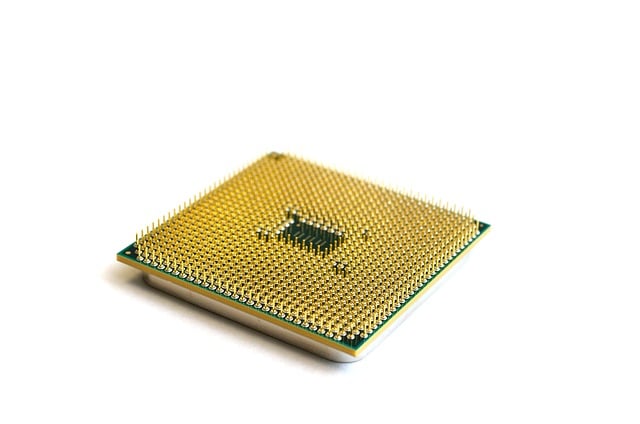
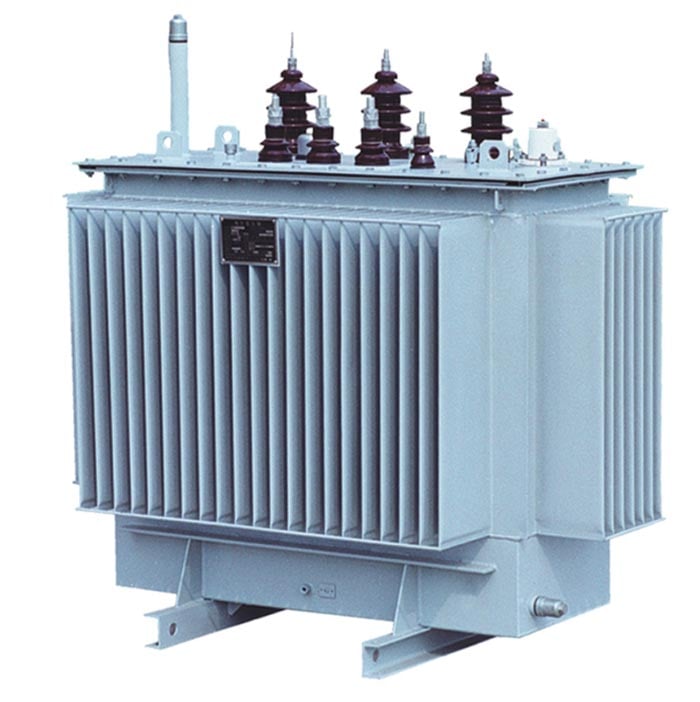
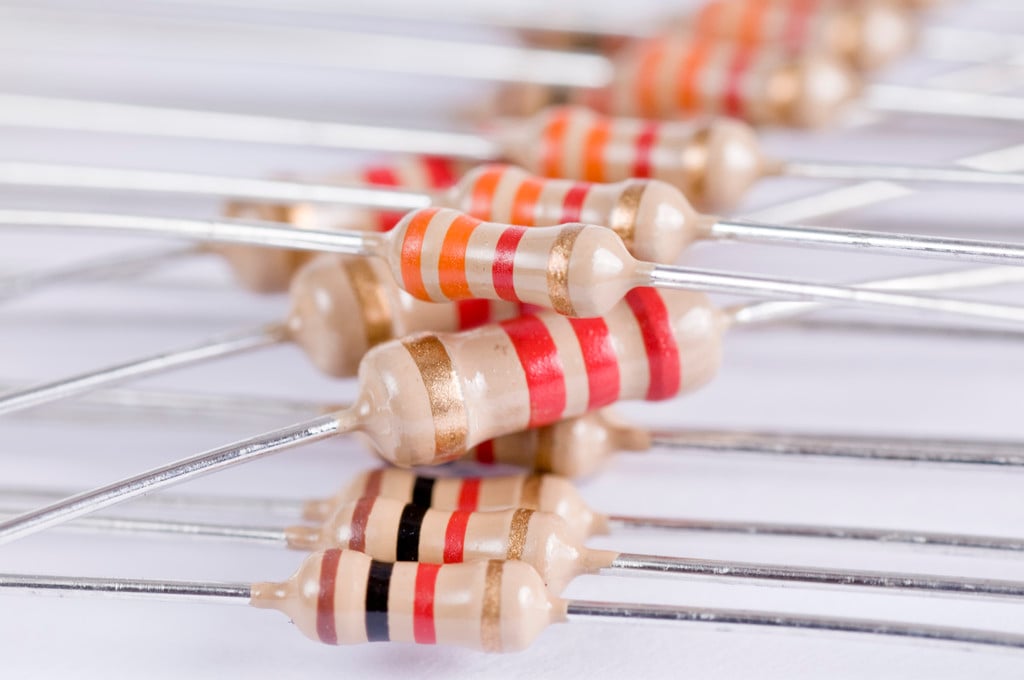
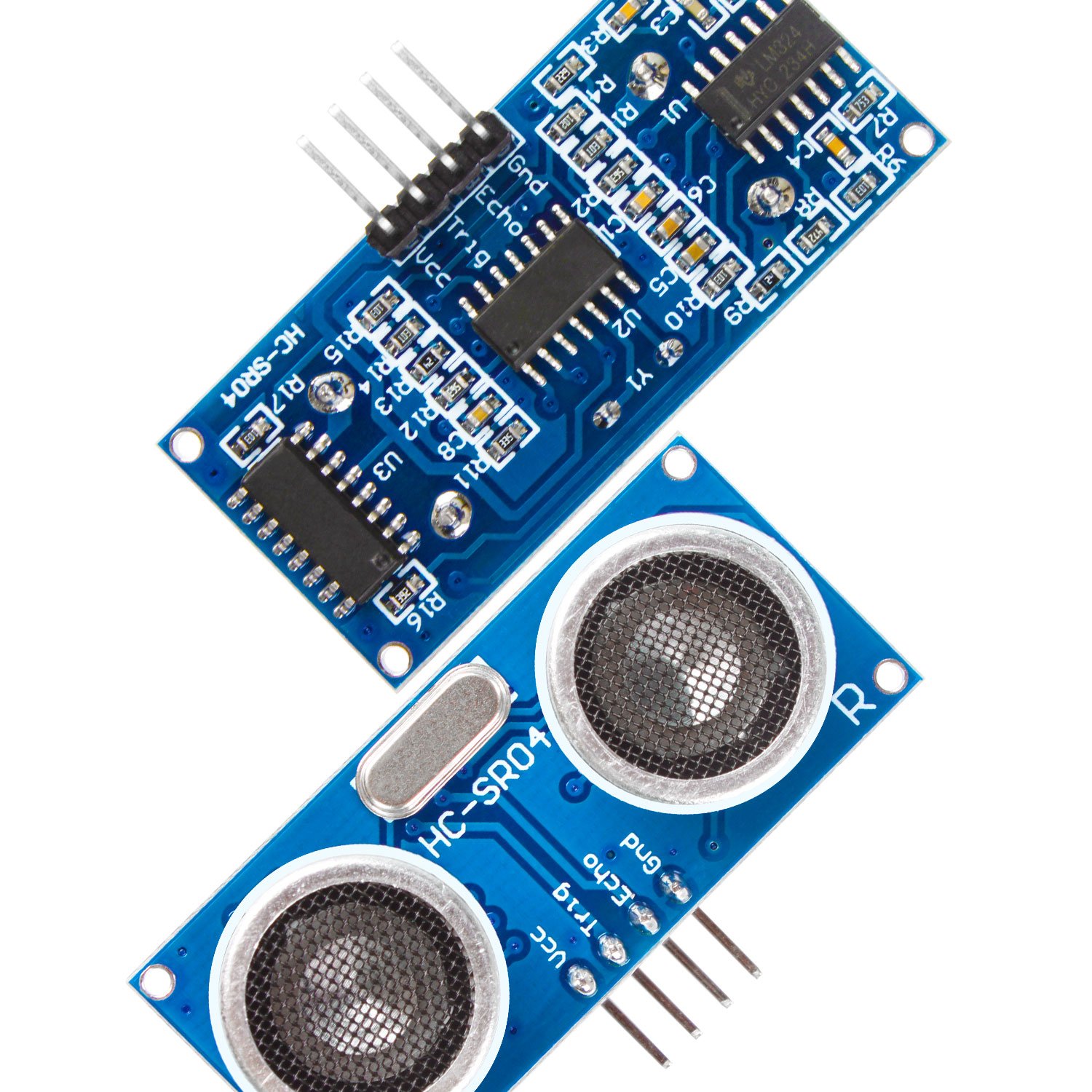
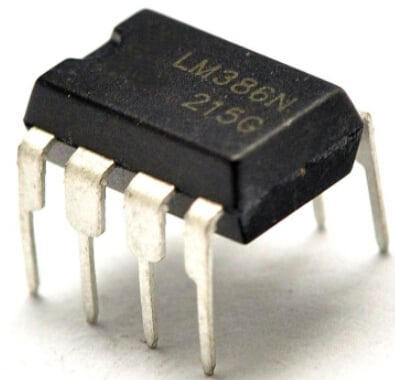

Company
About UsContact UsTerms & ConditionsPrivacy StatementPayment,Shipping & InvoiceRefund & Return PolicyWarranty PolicyFrequently asked questionHolidays for Chinese Mid-Autumn Festival and National Day in 2023


















